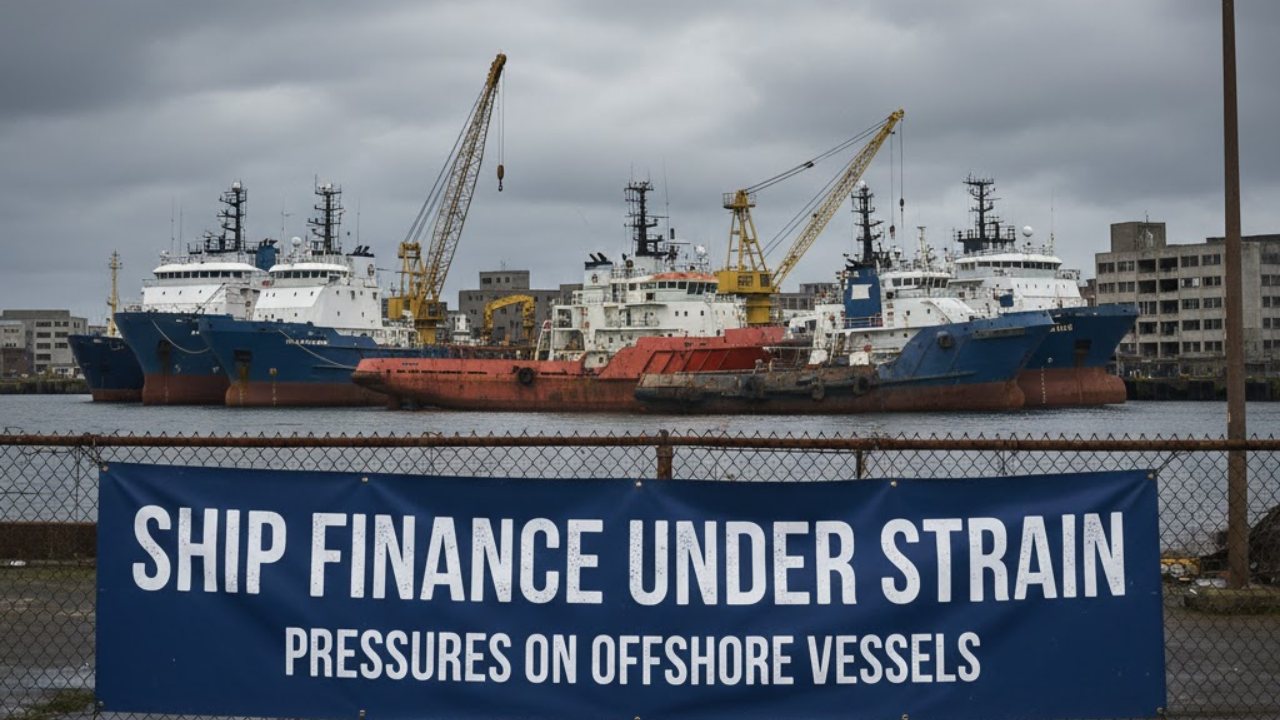
Post by : Meena Rani
Ship finance has always been the backbone of maritime growth — fueling vessel construction, fleet expansion, and technological innovation. But in 2025, the sector is facing some of its toughest challenges in decades. The offshore and renewables vessel segments, which were once seen as high-potential areas of green growth, are now under mounting financial pressure.
Rising interest rates, cost overruns, weak project returns, and higher risk premiums have combined to make financing offshore wind and renewables vessels increasingly complex. Traditional banks are cautious, investors are selective, and developers are struggling to make financial models work.
This article explores the root causes behind this financing squeeze, the impact on shipyards and owners, and how the industry can adapt to survive — and thrive — in this new capital environment.
Offshore wind and renewable energy projects have faced a challenging year. Inflation in steel, labor, and logistics has increased vessel construction costs by up to 25%. Wind farm installations have slowed due to delayed permits and falling power purchase prices. These disruptions weaken the financial foundations of the entire ecosystem — making lenders wary of financing vessels tied to delayed or uncertain projects.
Interest rates remain high across major markets, increasing the cost of borrowing for shipowners and project developers. Lenders are also adding higher risk premiums, citing uncertainty around vessel utilization and residual values. What used to be a 3% financing rate for a specialized offshore vessel can now exceed 6–7%, drastically altering profitability models.
While global ship lending has technically grown modestly, most traditional maritime lenders are cautious. They prefer conventional cargo vessels with strong collateral value and predictable cash flows over high-risk offshore wind support ships. Financing institutions are tightening credit approvals, demanding more security, and insisting on higher equity contributions.
Ship finance often involves multiple jurisdictions — flag states, mortgage laws, and cross-border enforcement mechanisms. Offshore and renewables vessels add another layer of complexity because they operate in different countries, under project-specific contracts, often linked to local permits or subsidies. Each of these introduces legal uncertainty that lenders price into their risk models.
Offshore and renewables vessels are highly specialized assets. Rapid technological advancement — such as automation, digital twin systems, or alternative propulsion — shortens their economic lifespan. A vessel designed for one generation of turbines or cable systems may not be compatible with next-generation equipment five years later. That risk significantly reduces long-term collateral value.
Offshore wind, cable-laying, and renewable support vessels are capital-intensive and often dependent on a handful of contracts for revenue. If those projects are delayed or canceled, the vessel becomes a stranded asset.
Developers in Europe and Asia are facing rising construction costs, lower subsidies, and changing government policies. Meanwhile, shipyards are quoting higher prices due to raw material inflation and labor shortages. The result: financial models that no longer balance.
Banks, traditionally the biggest ship financiers, now hesitate to underwrite such volatile projects. Private equity and alternative funds have stepped in but demand double-digit returns — increasing cost pressures on developers and shipowners.
Vessel income is often tied to a single charterer — usually a wind farm developer or EPC contractor. If that entity defaults or postpones work, debt repayment becomes impossible.
Renewables projects rely on permits, subsidies, and long-term government commitments. Political changes or policy reversals can halt or slow projects, jeopardizing vessel utilization.
New vessels are equipped with sophisticated dynamic positioning systems, battery hybrid engines, and smart control systems. These require specialized shipyard expertise and increase construction risk and cost overruns.
Offshore operations are seasonal. Idle time and underutilization reduce annual revenue, weakening the ability to service debt. Overly optimistic projections by owners or financiers create future stress.
After completing contracts, resale demand for specialized vessels is limited. Unlike bulkers or tankers, offshore vessels cannot easily switch markets, making residual value forecasts uncertain.
To survive the credit squeeze, both lenders and borrowers are innovating with structure and risk allocation.
1. Project-linked financing
Instead of financing vessels on standalone balance sheets, lenders are tying repayment directly to project revenues. This approach aligns vessel risk with project success.
2. Tiered risk sharing
Deals are now structured with layered risk — senior debt, mezzanine financing, and equity tranches — spreading exposure among stakeholders.
3. Leasing and charter-back arrangements
Shipowners are increasingly leasing vessels instead of outright purchases. Long-term charter-back deals provide predictable cash flows that attract financiers.
4. Export credit and government backing
Many shipyards and governments are stepping in with loan guarantees or export credit agency (ECA) support to stimulate shipbuilding and de-risk private capital.
5. ESG-linked financing
Green and sustainability-linked loans are becoming popular for vessels that support renewable energy. Lenders may offer interest rate discounts for proven carbon or efficiency performance.
6. Modular vessel design
Owners are ordering modular, multi-role designs that can serve across projects and reduce obsolescence risk, improving financing feasibility.
For shipowners and operators:
Conduct stress tests using conservative assumptions about utilization and rates.
Secure long-term contracts before seeking finance to prove revenue visibility.
Engage financiers early with transparent risk data and mitigation plans.
Diversify operations to serve multiple clients or offshore markets.
For shipyards:
Offer performance warranties and milestone-based delivery schedules to build lender confidence.
Collaborate with technology providers to ensure vessels remain adaptable for future retrofits.
Develop standardized, scalable designs to lower costs and attract repeat financing.
For financiers and banks:
Build internal expertise in offshore renewables to evaluate project risk more accurately.
Use blended financing structures combining bank loans, funds, and ECA support.
Require independent project assessments and third-party engineering audits.
Integrate ESG metrics into credit scoring to align with global sustainable finance trends.
For project developers:
Ensure vessel requirements align with realistic project timelines and budgets.
Provide partial guarantees or revenue backstops to reassure lenders.
Strengthen communication between vessel owners and financiers to reduce contractual uncertainty.
While the current environment feels restrictive, it also marks a transition to sustainable maritime finance. Capital is increasingly favoring assets aligned with climate goals, transparency, and long-term viability. Offshore renewables and green shipping are naturally aligned with this shift — but financing will only flow if risks are mitigated and returns are structured sustainably.
Governments and financial institutions can play a key role here by:
Expanding credit guarantee programs for green vessels.
Harmonizing regulations to reduce cross-border legal uncertainty.
Establishing green maritime investment funds.
Encouraging joint ventures between public and private entities for offshore fleet financing.
Green finance acceleration: More banks will integrate sustainability-linked metrics into loan terms.
Private capital dominance: Institutional investors and infrastructure funds will increasingly replace banks in complex ship finance.
Digital risk assessment: Fintech tools will streamline vessel valuation, risk modeling, and compliance.
Government-backed renewables fleets: Public-private models will become common to overcome capital scarcity.
Consolidation: Smaller offshore owners may merge or sell assets as financial barriers rise.
This article is intended for informational purposes only and does not constitute legal, financial, or investment advice. The analysis reflects publicly available data and market observations as of October 2025. Stakeholders should seek professional counsel before making any financing, investment, or project-related decisions.
ship finance, offshore wind vessels, renewables vessel financing, newbuild capital risk, marine finance trends, project financing, shipbuilding risk
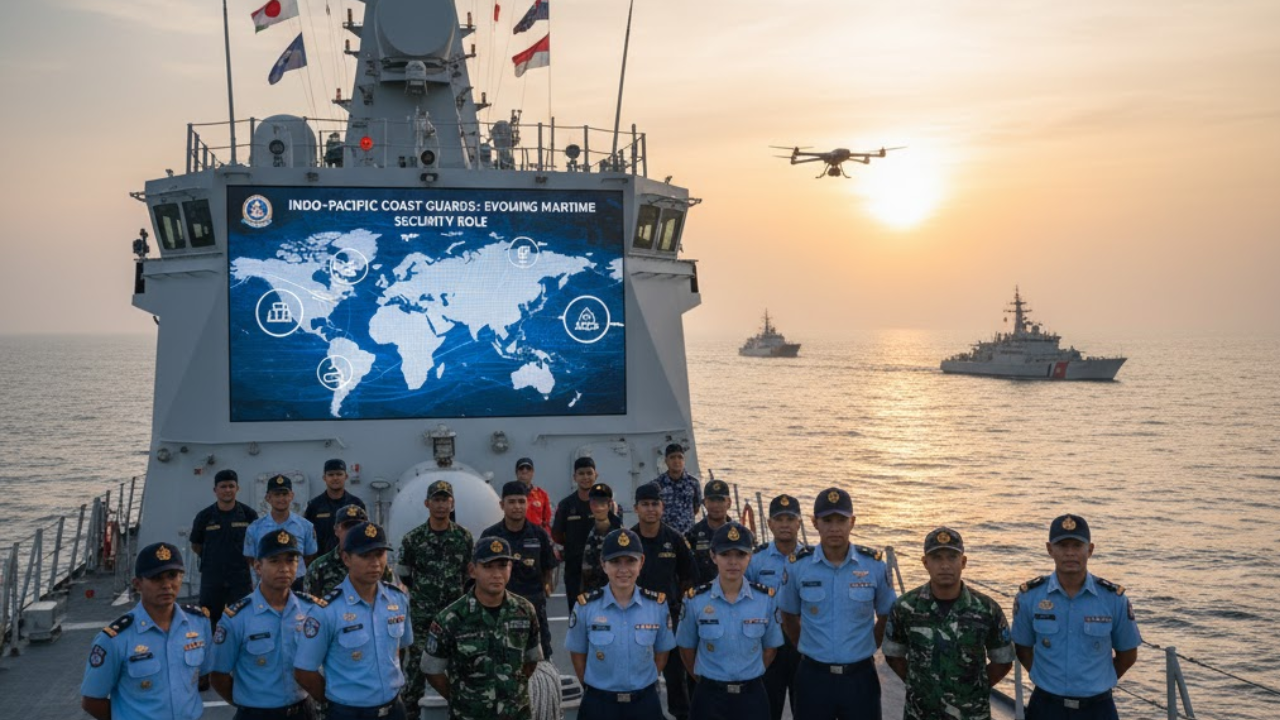
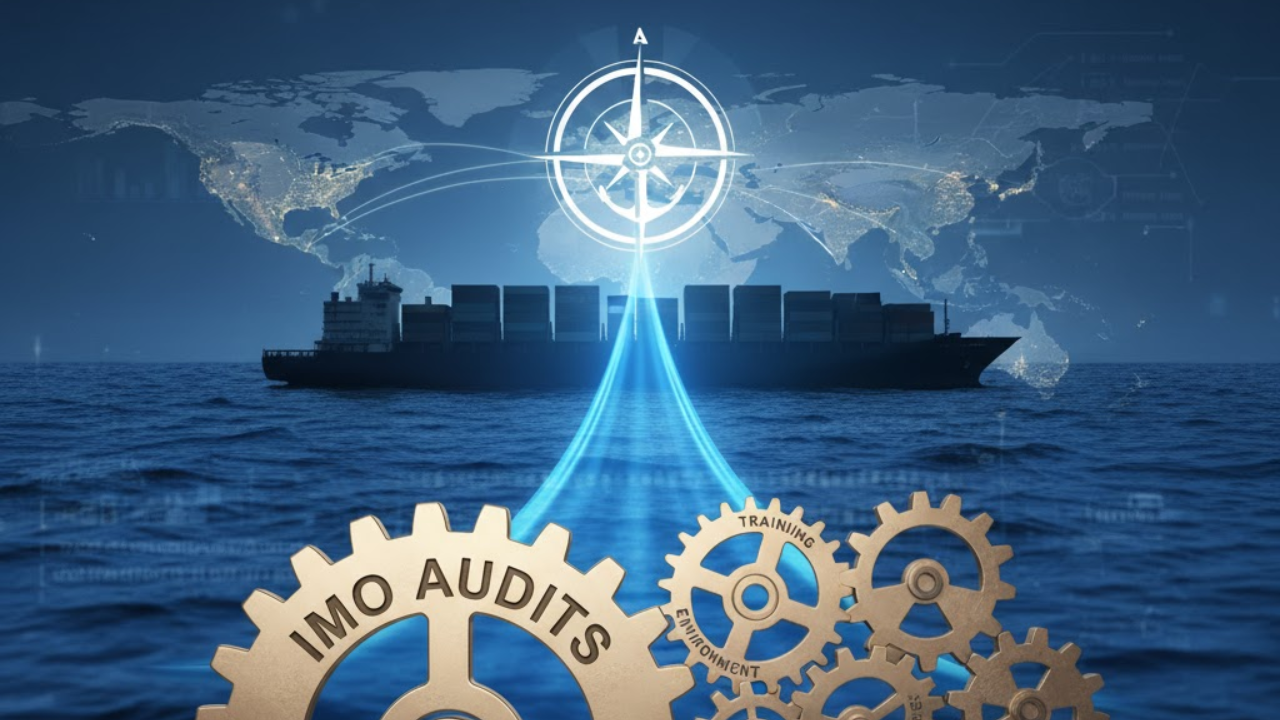
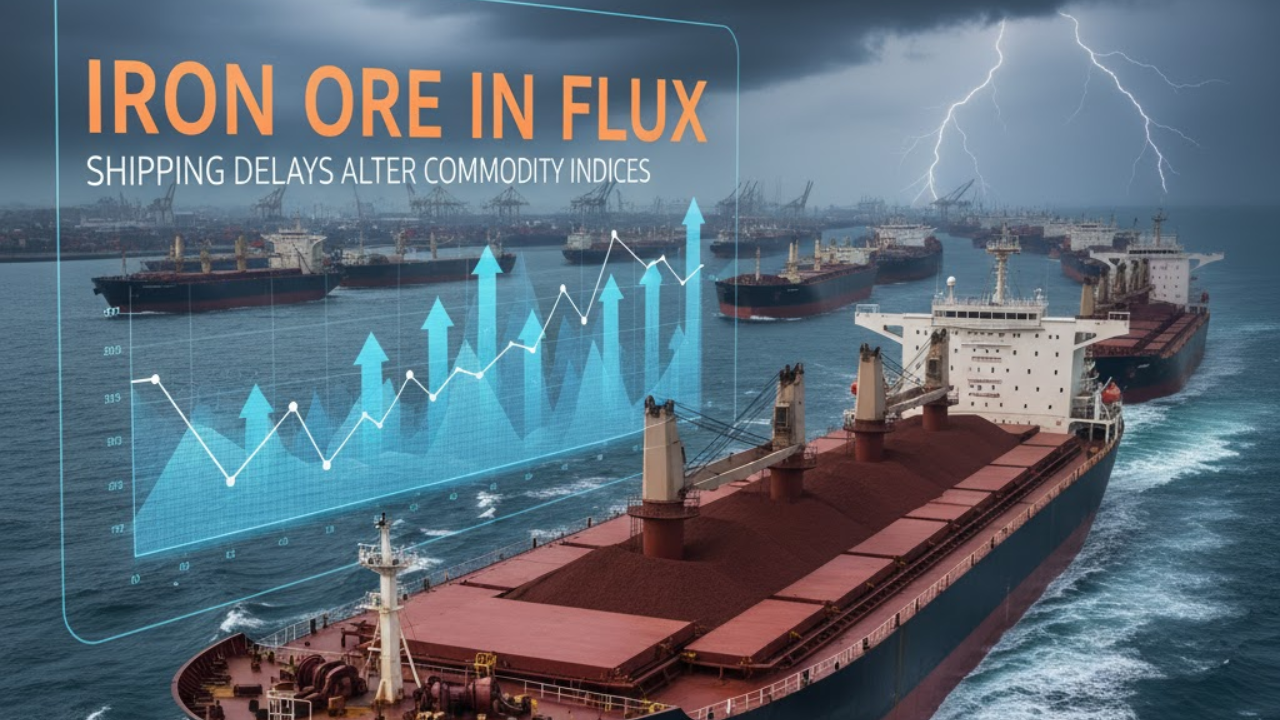
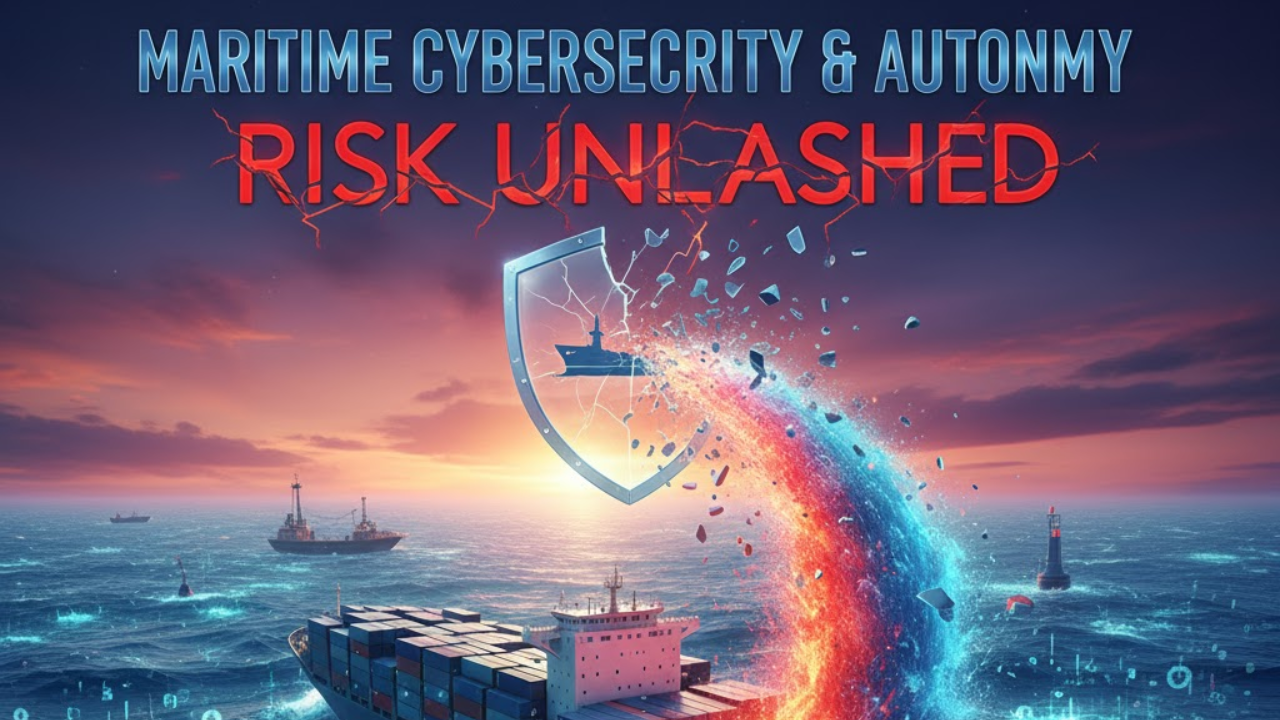
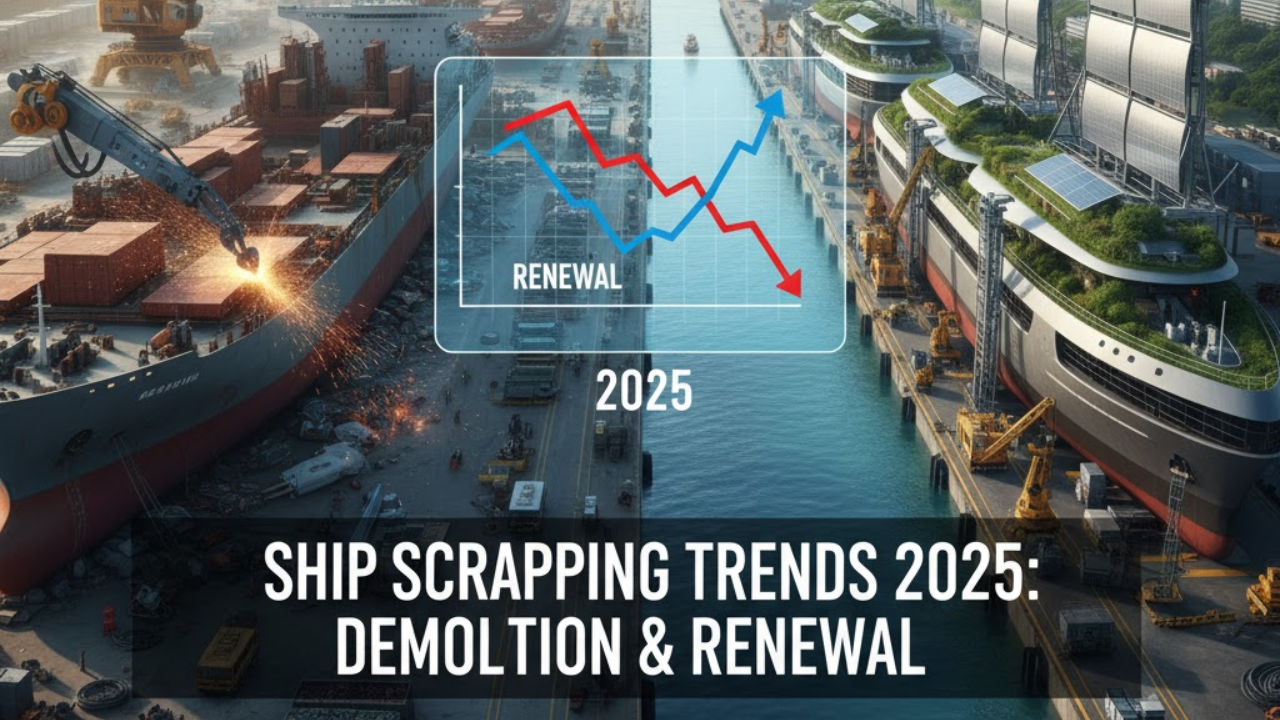

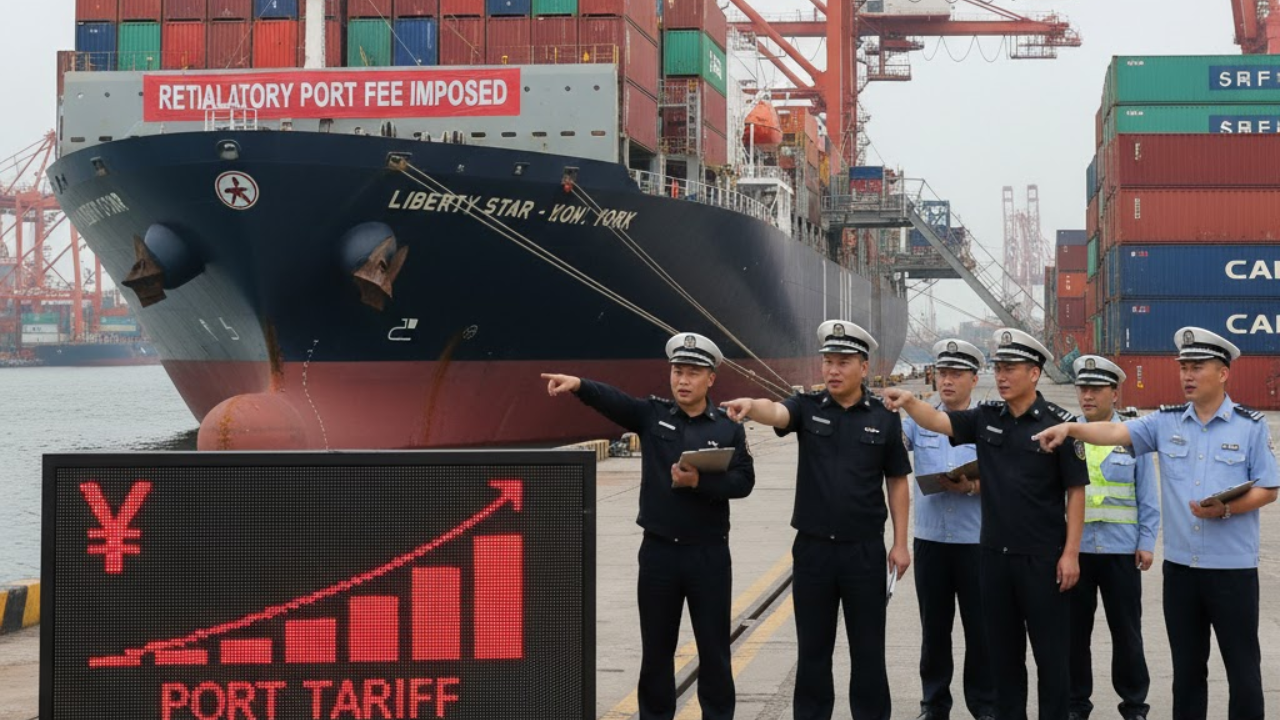
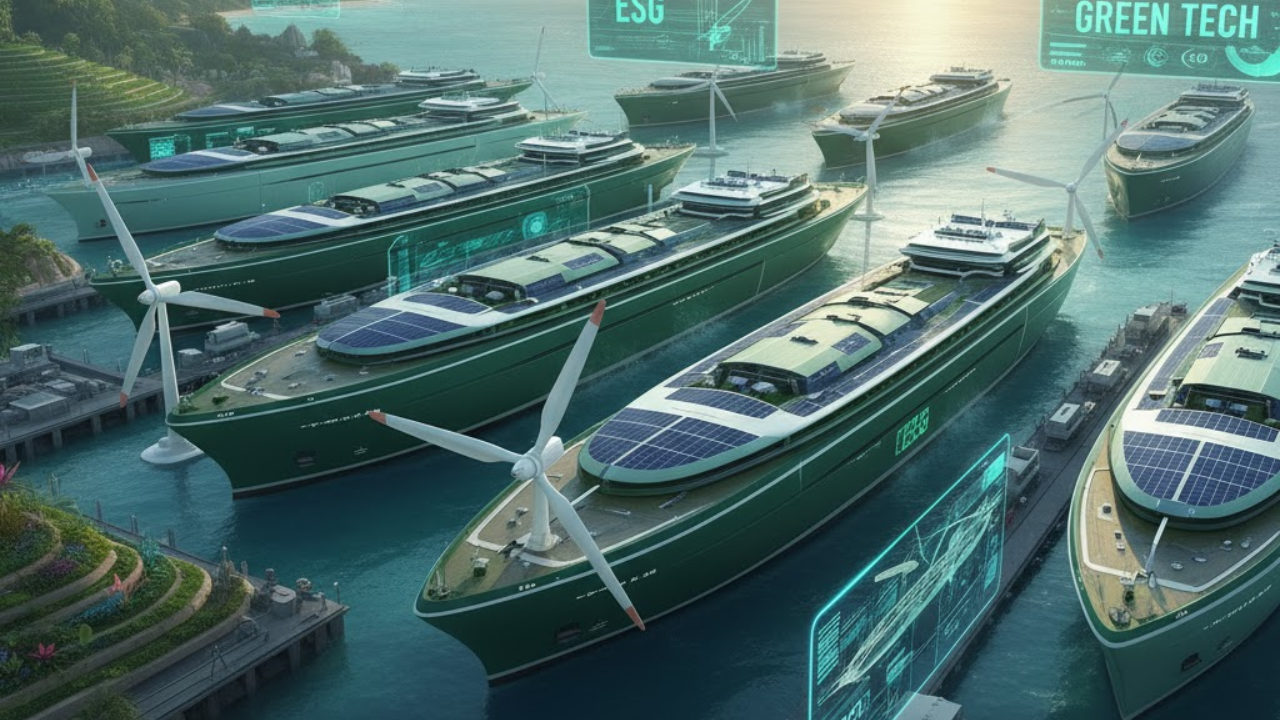
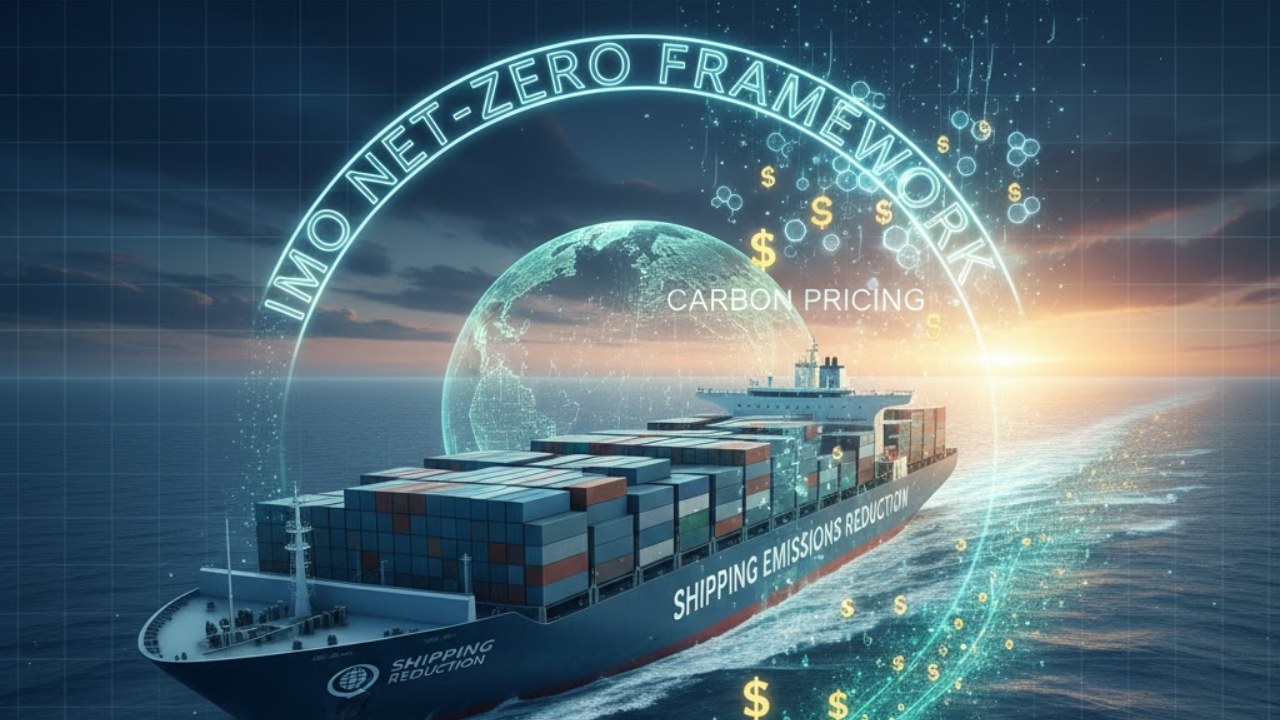

Bengaluru-Mumbai Superfast Train Approved After 30-Year Wait
Railways approves new superfast train connecting Bengaluru and Mumbai, ending a 30-year demand, easi

Canada Post Workers Strike Halts Nationwide Mail and Parcel Services
Canada Post halts operations as CUPW strike disrupts mail and parcel delivery nationwide amid disput

PM Modi Launches BSNL ‘Swadeshi’ 4G Network, 97,500 Towers Built
India enters global telecom league as PM Modi inaugurates BSNL’s indigenous 4G, connecting 26,700 vi

India’s Iconic MiG‑21 Takes Final Flight After Six Decades of Service
After 60 years India retires its MiG‑21 fighter jet, a legendary yet controversial warplane marking

Hindustan Zinc unveils AI hotspot monitoring at Debari smelter
Hindustan Zinc launches AI-powered Switchyard Hotspot Monitoring at Debari smelter to cut outages bo

Chinese experts worked inside sanctioned Russian drone plant
Chinese drone specialists visited IEMZ Kupol supplying parts and drones via intermediaries, deepenin